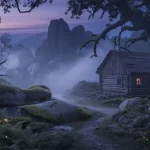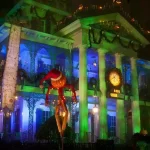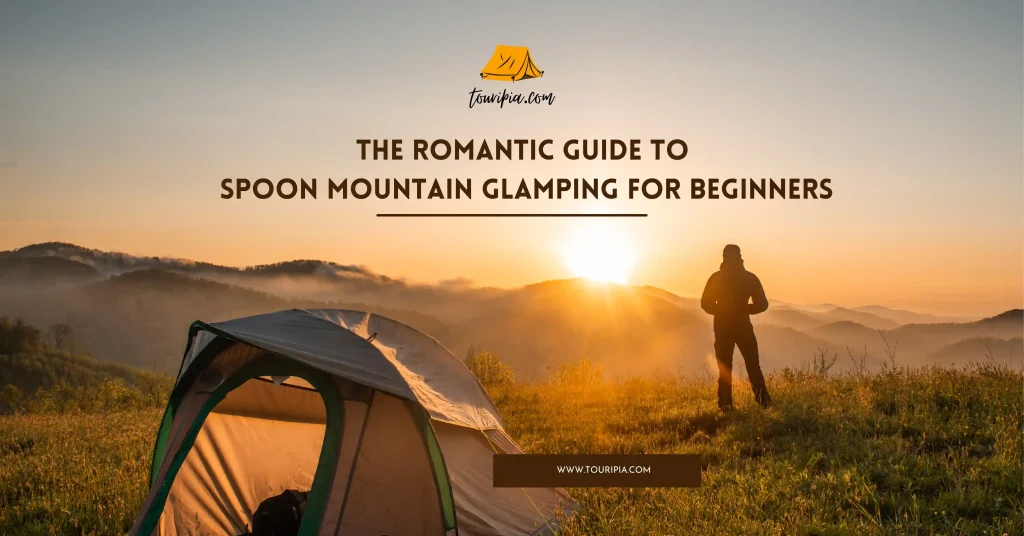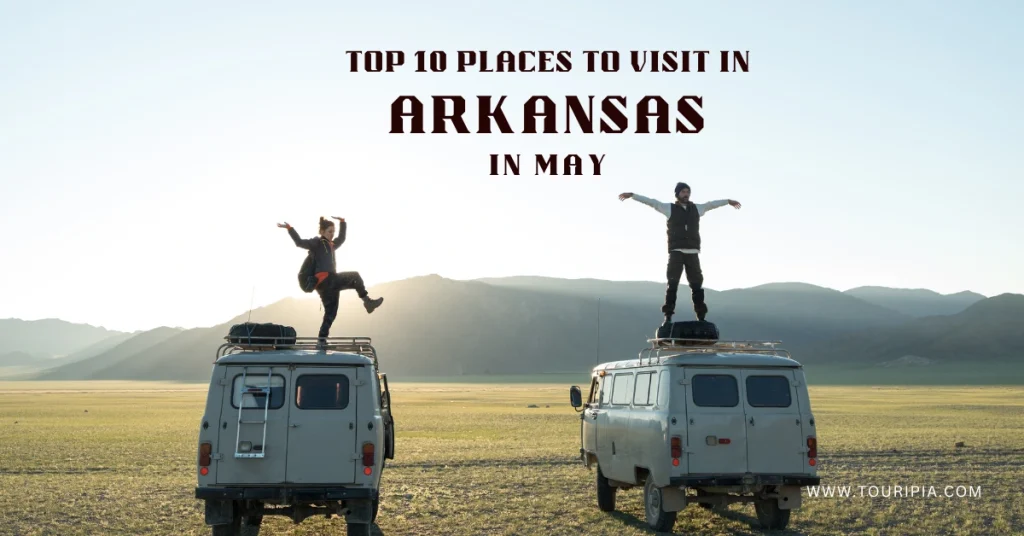Hidden Appalachian Mountains Folklore: Legendary Myths Every Traveler Should Walk
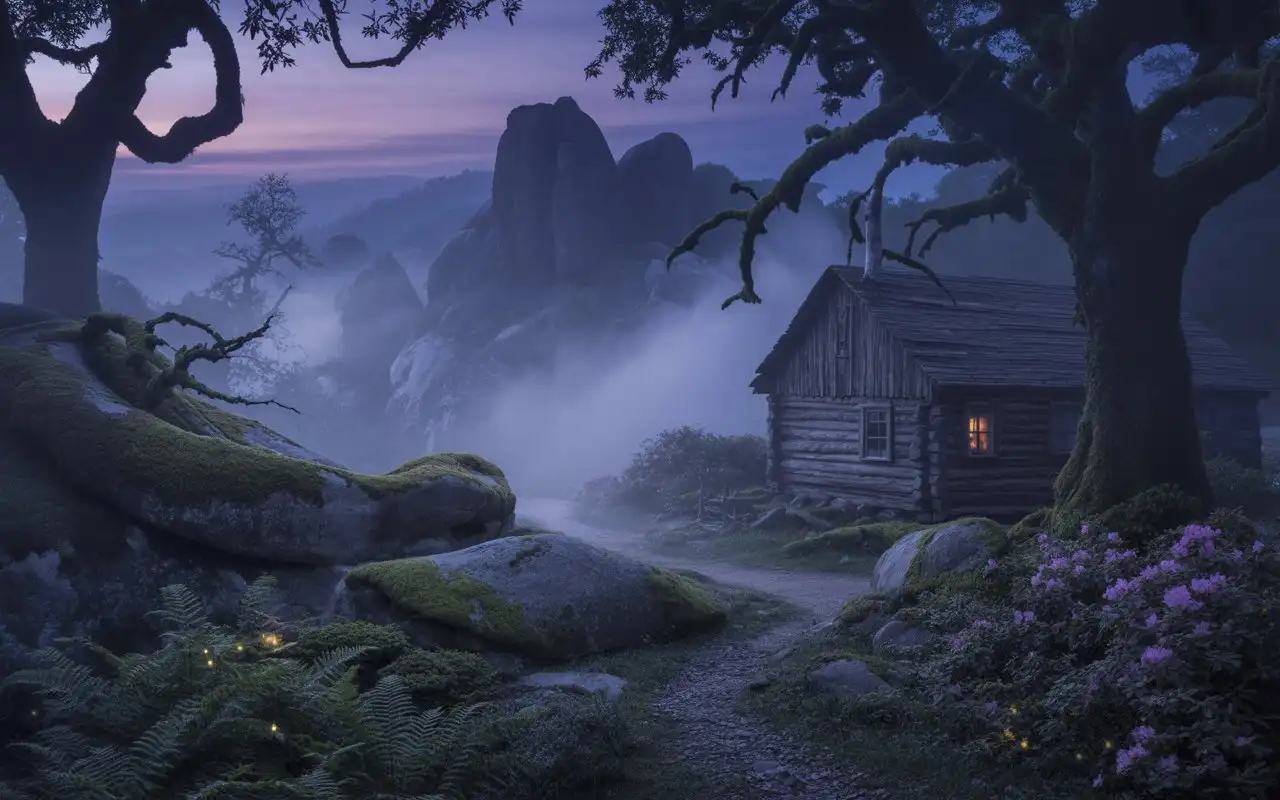
In the misty hollows of the Appalachian Mountains, every trail has a whisper and every ridge holds an echo of the past. The Appalachian Mountains Folklore isn’t only about ghost stories. It’s a living map of memories, passed down by families, miners, and travelers who once called these wild slopes home. These tales guide hikers and dreamers who walk the same trails today, seeking both beauty and mystery.
When you step into the Appalachian region, you enter a world shaped by layered histories. Here, Native Americans, European settlers, and early mountain families shared stories that blended superstition with survival. From the shadowy woods of West Virginia to the blue ridges of North Carolina, every creek, cave, and hollow carries a story.
If you love folklore, history, or travel that touches the soul, this guide takes you through the myths, legends, and places where those stories still live. You’ll learn where to find them, how locals keep them alive, and what it feels like to walk through their origins.
Quick overview of the folklore trails to explore:
• Glowing lights of Brown Mountain
• The Wampus Cat that stalks the night
• Ghostly whispers along the Appalachian Trail
• Mysterious Moon-Eyed People hiding in Southern Appalachia
• The strange winged figure of Point Pleasant
These stories reveal more than fear. They show how mountain people faced hardship, war, and isolation with imagination and faith. Each legend holds a truth about endurance, belonging, and the deep connection between humans and the wild.
Roots of Appalachian Folklore – Culture, Landscape, and Memory
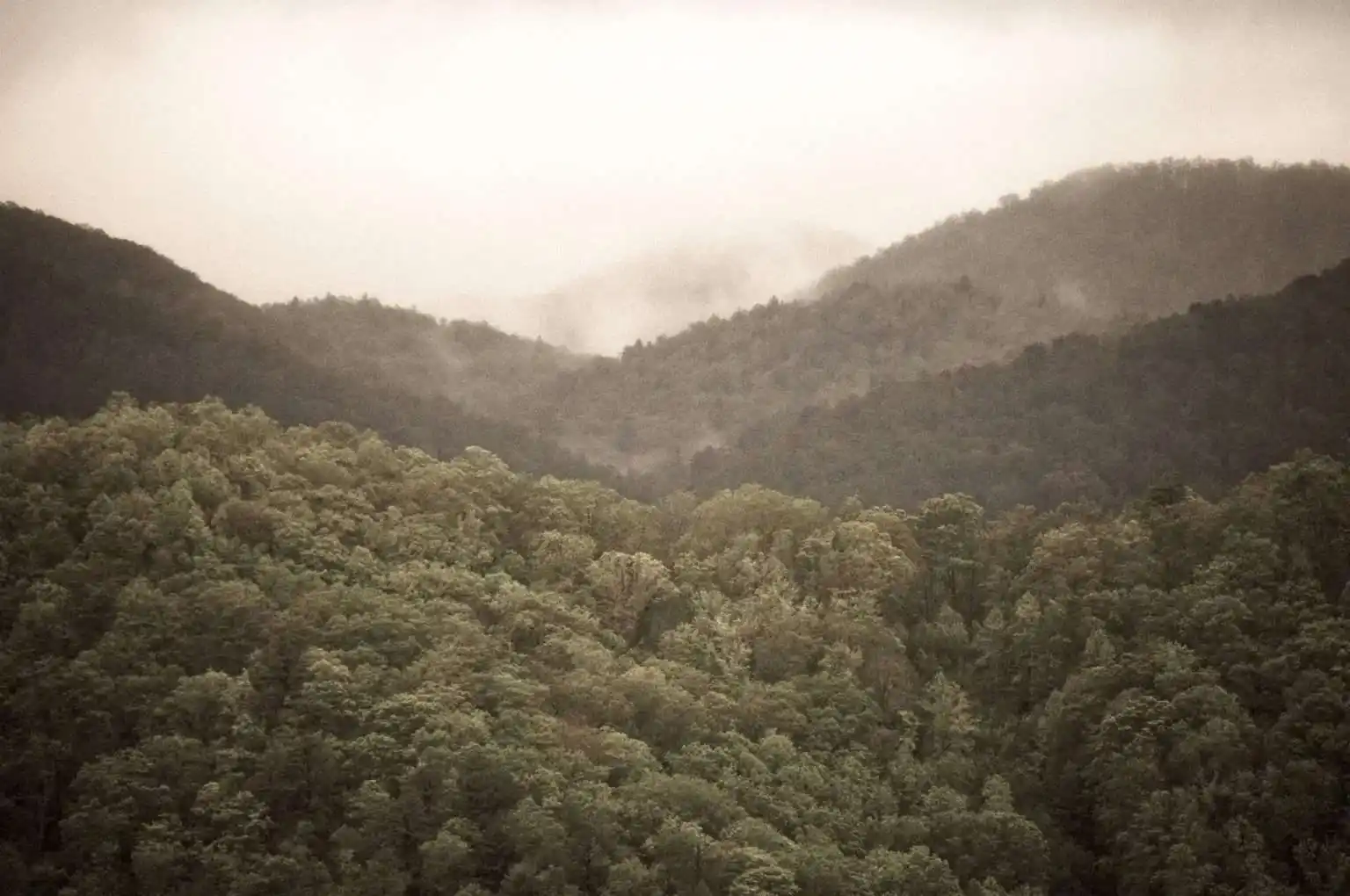
✅ Cultural Mixing and Storytelling Traditions
The Appalachian folklore we know today grew from many voices. Native Americans, especially the Cherokee, told ancient stories about spirits who lived within the earth and sky. Later, European settlers brought myths from Scotland, Ireland, and England, blending them with mountain life.
African Americans added tales shaped by folk magic and the struggle for freedom, enriching the oral traditions of the Appalachian region.
In these mountains, stories were survival. Without books or television, people gathered around firelight, trading tales that warned children not to wander too far or stay out past dark. Many of these cautionary tales shaped moral codes and family customs.
✅ How the Landscape Shaped Storytelling
Fog that rolls across Brown Mountain, the hush of dense forests, and the endless hollows made perfect ground for mystery. Locals spoke of lights dancing in the dark and supernatural activity near old trails. The terrain itself became a character in every story.
These mountain ridges—isolated, vast, and unpredictable—encouraged belief in the unseen. Strange sounds, glowing skies, and sudden changes in weather gave rise to stories that explained what science could not. Travelers who walk the Appalachian Trail today can still sense that eerie silence, a space where fact and folklore blur.
✅ Functions of Folklore in the Region
Folklore gave identity to the people of Southern Appalachia. Legends helped define communities that were often cut off by geography and poverty. They carried spiritual beliefs, warnings, and humor that kept traditions alive through generations.
Today, many small towns in West Virginia and North Carolina celebrate their myths through festivals, museums, and ghost tours. Tourism has revived old tales once shared only around campfires. Still, the heart of Appalachian storytelling remains tied to its land and its people’s pride.
Famous and Walkable Legends of the Appalachians
✅ Brown Mountain Lights (North Carolina)
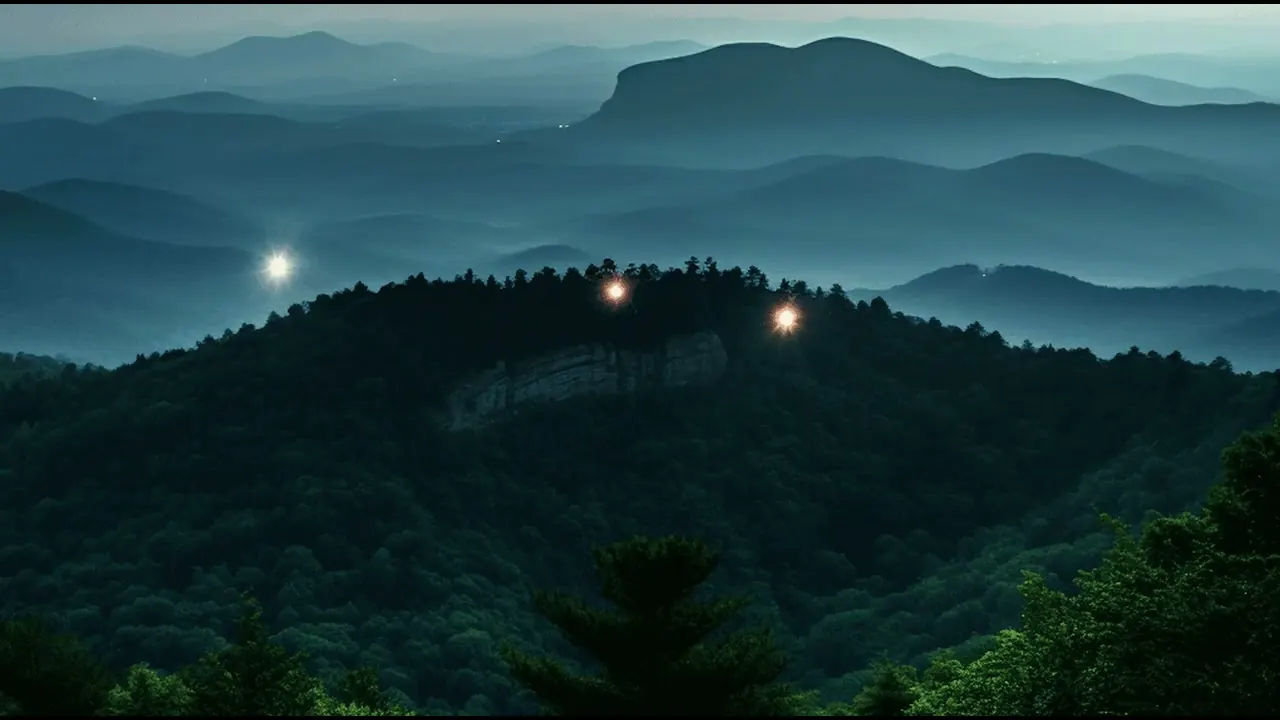
Few stories shine brighter than the mystery of the Brown Mountain lights in North Carolina. Locals describe floating orbs that rise over Brown Mountain and vanish into the night. Hikers on the Blue Ridge Mountains trails often wait for hours, hoping to glimpse the glow.
The Appalachian Regional Commission once supported studies to explain the phenomenon, but theories remain divided. Some scientists blame gases or reflections from distant towns. Others believe it’s the spirits of Native Americans wandering after ancient battles.
Visit the overlook at Wiseman’s View or the Linville Gorge trail to watch the sky. Bring patience—and perhaps, a bit of belief.
✅ Mothman of Point Pleasant (West Virginia)
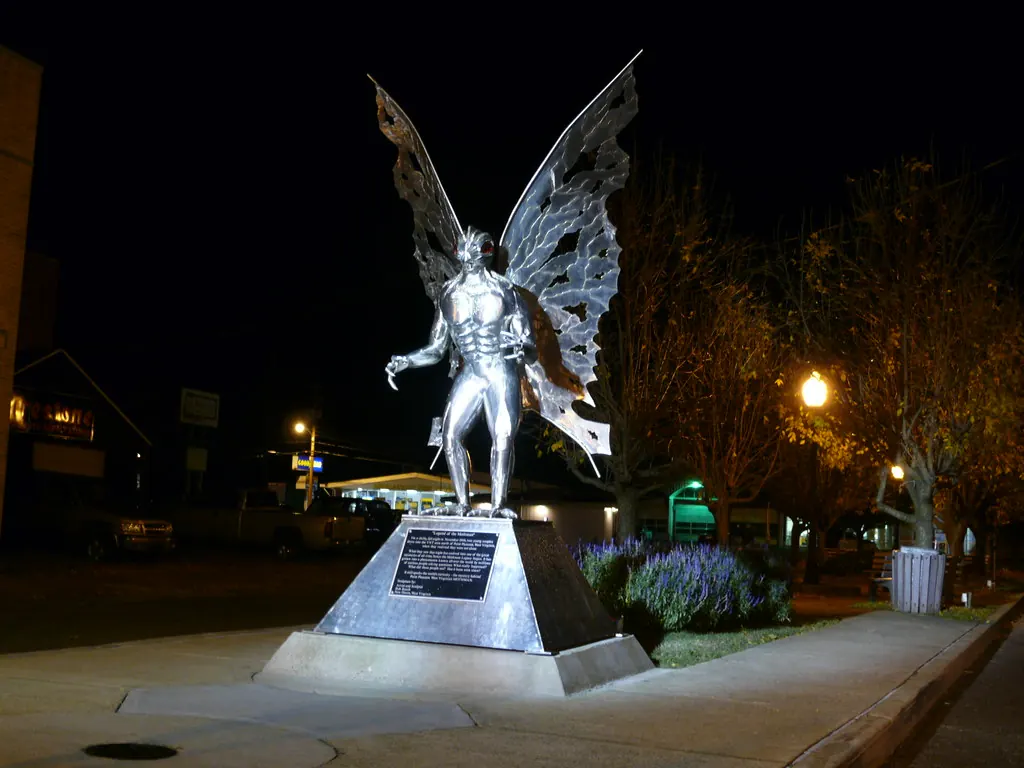
In 1966, a strange winged creature with red eyes was seen flying near Point Pleasant, a quiet town on the Ohio River. Locals called it the Mothman. A year later, tragedy struck when the Silver Bridge collapsed, taking dozens of lives. Ever since, the legend and grief have been intertwined.
Today, Point Pleasant welcomes curious travelers to its Mothman Museum and annual festival. Visitors can walk along the river, tour the old TNT area, and hear local guides retell the chilling story. Whether you believe or not, it’s one of the most haunting chapters in West Virginia folklore—and one you can experience firsthand.
✅ The Bell Witch (Tennessee)
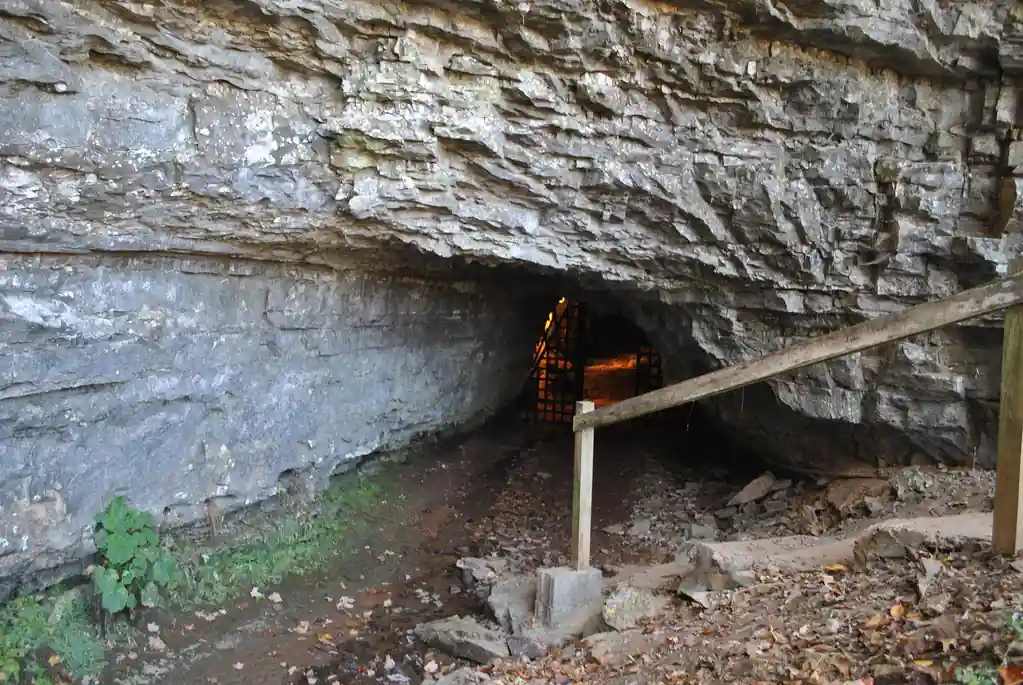
In the early 1800s, the quiet Bell family of Robertson County began hearing whispers, knocks, and voices that no one could explain. What followed became one of the most famous hauntings in American history—the story of the Bell Witch.
Travelers visiting the region today can explore the original Bell family farm, a key stop for anyone studying Appalachian Mountains Folklore. Guided ghost tours lead you through the cave where the spirit was said to dwell. Locals speak of eerie laughter echoing through the stone, and visitors often leave with their own chilling stories.
Some historians link the haunting to tensions between European settlers and local communities during a time of upheaval. Others see it as a cautionary reflection on greed, betrayal, and guilt. Either way, the Bell Witch remains a cornerstone of Southern Appalachia legend.
✅ The Wampus Cat
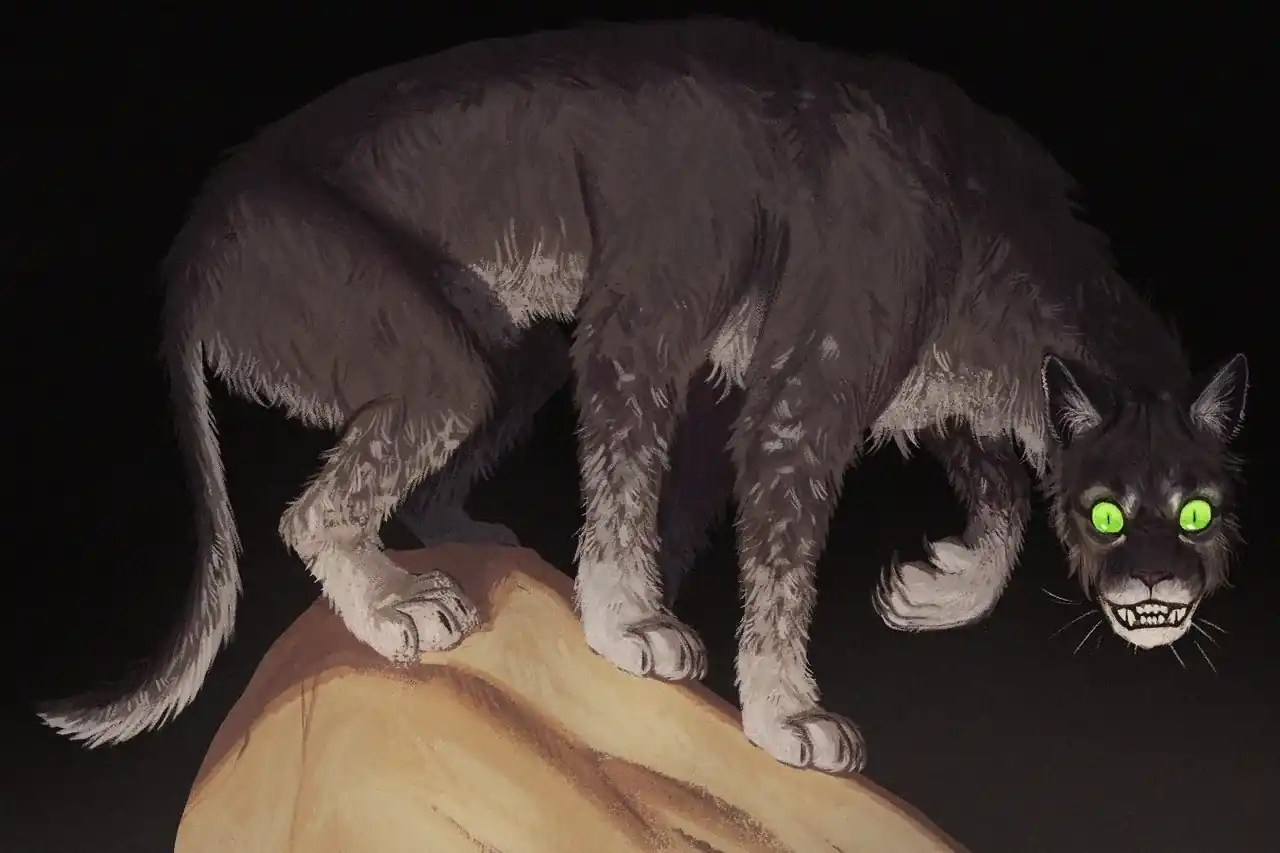
The Wampus Cat prowls through the darker corners of the Appalachian region, half-woman, half-mountain lion, born from an old Cherokee legend. According to one version, a woman disguised herself in a cougar’s hide to spy on sacred tribal ceremonies. When caught, the Great Spirit cursed her to roam the mountains forever.
Sightings stretch from North Carolina to West Virginia, and locals still claim to hear her cries during winter nights. You can trace parts of her story at heritage festivals in Southern Appalachia, where storytellers keep the myth alive. Some hikers even report claw marks or strange footprints on remote trails near Otter Creek and Berry Mountain.
If you go searching, carry a light, but don’t whistle or answer when you hear one—it’s said to invite her closer. That superstition lives on as one of the strongest Appalachian Mountains Folklore rules whispered among locals.
✅ The Moon-Eyed People
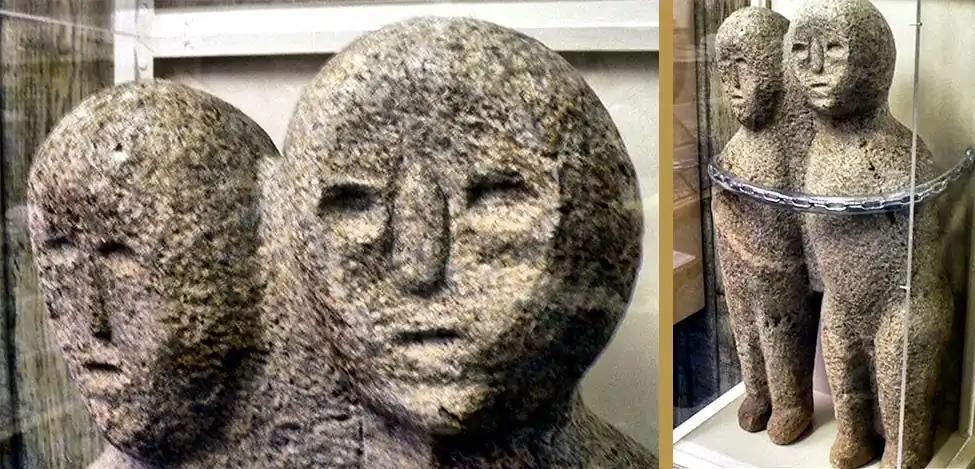
One of the eeriest tales in Cherokee folklore tells of the Moon-Eyed People, pale nocturnal beings with large eyes who couldn’t face sunlight. They lived underground and appeared only under moonlight. The Cherokee County Historical Museum preserves several accounts of their existence.
Travelers can visit Fort Mountain State Park in Georgia, where remnants of old stone walls are linked to this story. Many believe these ruins mark where the Moon-Eyed People once hid from invading tribes. Scholars at Appalachian State University even studied how this legend reflects early contact between the Cherokee and mysterious pre-Columbian settlers.
For visitors, the area offers peaceful hiking trails and twilight walks. The park closes before dark, but if you stay near the overlook as the sun sets, the ridges seem to hum with memory.
✅ The Dragon of the Lower Mahantango (Pennsylvania)

The Lenape tribe spoke of a great serpent spirit said to dwell along the Susquehanna River near the Lower Mahantango Valley. Locals later called it the Dragon of the Mahantango—a story revived by Henry Wharton Shoemaker, a folklorist who chronicled tales from New York to Pennsylvania.
You can follow this legend’s path through small river towns where interpretive signs mark old Appalachian folk tales. Stop by Priestly Field, where early settlers reported seeing strange ripples in the water. The nearby Pennsylvania Game Commission offices sometimes host educational talks about how such myths grew from encounters with native wildlife.
While no dragon remains, the fog that clings to the Susquehanna River still gives the area an ancient, uneasy calm. Travelers drawn to this legend can walk these banks and imagine what early explorers saw—or thought they saw—when the mist rolled in.
Mapping Myths — Trail, Town, and Terrain
✅ Building Your Folklore Trail Across Appalachia
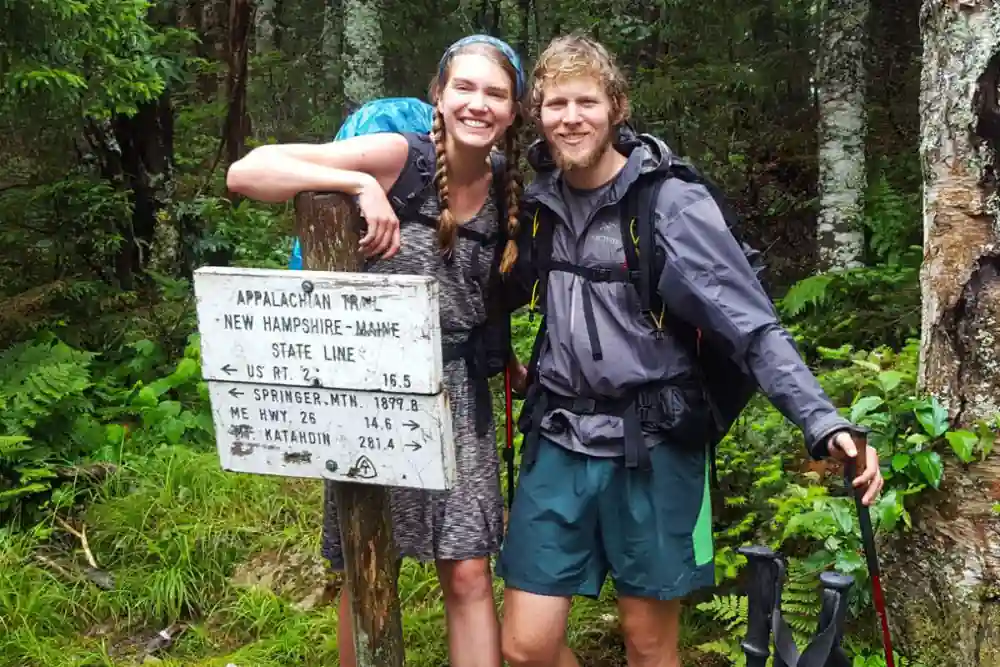
Mapping the stories across the Appalachian Mountains turns your journey into an adventure that blends nature and myth. You can trace a route connecting the Brown Mountain lights of North Carolina, the Moon-Eyed People of Georgia, and the Wampus Cat stories of West Virginia. Each stop reveals a different flavor of fear, faith, and folklore.
To explore efficiently, consider regional loops:
• Southern Appalachia Route – Brown Mountain to Fort Mountain
• Central Appalachia Route – Point Pleasant to the Appalachian Trail
• Northern Route – Penn’s Creek, Lykens-Williams Valley, and Clark’s Valley
Each route ties legend with landscape, giving travelers a chance to connect myth and motion.
✅ How to Incorporate Legend-Walking into Your Trip
When planning your folklore journey, timing matters. Visit Brown Mountain or Fort Mountain State Park during early fall, when mist and twilight create the most dramatic atmosphere. Many travelers choose dusk walks or full-moon nights to heighten the mystery.
Always respect private land and follow Appalachian Regional Commission guidelines for outdoor tourism. Bring a flashlight, stick to marked trails, and remember that some legends, like those of the Bone Lady or Grandma Thorne, still hold sacred meaning for locals.
If you want to avoid crowds, visit smaller sites like Otter Creek or Priestly Field, where you can walk in silence and let the forest do the talking.
✅ Local Heritage and Tours
Many Appalachian towns have embraced their supernatural roots. West Virginia University often hosts folklore lectures tied to Appalachian Studies Bibliography work, while the University of Tennessee Press publishes field guides to local myths. Ghost tours in Southern Appalachia blend storytelling with history, often led by descendants of the people in the tales.

Check local visitor centers in North Carolina, West Virginia, and New York for heritage walks or folklore festivals. The Appalachian Regional Commission promotes these cultural programs to sustain storytelling traditions while supporting small-town tourism.
Myth, Fact, and the Modern Lens
✅ Scientific and Skeptical Perspectives
Every traveler who ventures into the Appalachian region sooner or later wonders where belief ends and science begins. Take the Brown Mountain lights again—some geologists blame reflections from headlamps or distant towns, while others suspect natural gases or magnetic shifts.
Researchers from the Appalachian Regional Commission and West Virginia University even tried mapping them with modern sensors, but no theory fully fits the sightings.
The same goes for tales of the Wampus Cat or cries heard whistling at night. Zoologists once suggested misidentified cougars or owls. But locals who’ve lived here for decades shake their heads. “That’s no bird,” one man in Boone, North Carolina, told me, “that’s something older.”
Scientific curiosity keeps these mysteries alive, not silenced. Hikers and scholars both walk the same paths, testing reason against wonder in a landscape that still refuses to give all its answers.
✅ How Myths Evolve
Folklore in Southern Appalachia has always adapted to its time. What began with Native Americans as oral tradition was reshaped by European settlers and then by miners, soldiers, and writers. Even modern pop culture—films, video games like Fallout 76, and novels such as Demon Copperhead—borrow heavily from this storytelling DNA.
During World War I, Appalachian soldiers carried stories of Booger Hole and the Bone Lady overseas, while workers returning from coal mining towns retold their versions, layering each decade with new meaning.
Today, the rise of online forums like Appalachian Mountains Folklore Reddit keeps the myths circulating in digital form, shared between skeptics and believers alike.
Folklore evolves, but its pulse stays steady—fear, faith, and the urge to explain what we can’t see.
✅ Cultural Respect and Appropriation
Visitors walking the Appalachian Trail often ask how to honor the roots of these legends. The answer starts with respect. Cherokee folklore and Lenape tribe stories, for instance, are not tourist attractions but sacred memory.
When you explore sites like Fort Mountain State Park or visit the Cherokee County Historical Museum, treat these tales as living history.
Modern travelers must also distinguish between respectful curiosity and exploitation. Some ghost tours dramatize trauma or tragedy, like the train derailment near Penn’s Creek, while others focus on education. Always choose guides or museums backed by local cultural organizations or the Appalachian Regional Commission, which promotes ethical storytelling and community benefit.
Folklore for the Traveler — Why It Matters on the Trail
✅ Enhancing the Mountain Experience
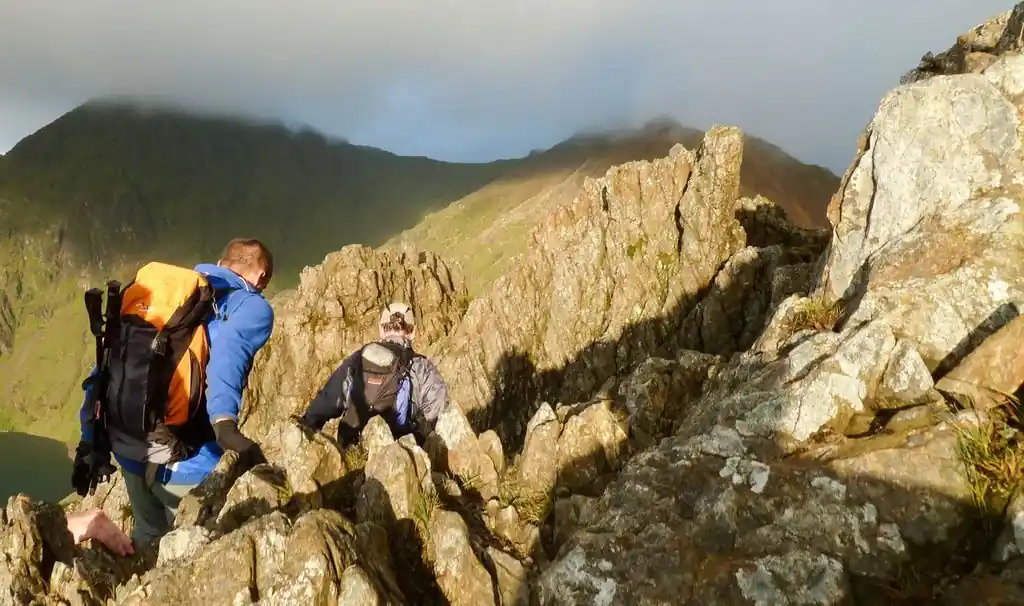
When you hike through Southern Appalachia, knowing the legends deepens the journey. The Great Smoky Mountains or misty slopes near Mount Mitchell look different once you know who might have walked before you—spirits, wanderers, or storytellers.
Understanding the Appalachian dialect and the rhythm of Appalachian music helps travelers sense the culture behind every story.
If you find yourself walking at dusk, remember the old rule: avoid whistling at night. Locals say it invites spirits, maybe even the Wampus Cat. Whether true or not, the warning adds a layer of excitement that makes every rustle of the forest feel alive.
✅ Community Connection
Meeting storytellers in small towns is often the highlight of traveling the Appalachian region. In communities like Elkins, WV, or Boone, NC, you might meet someone like Grandma Thorne, a beloved local figure known for keeping family legends alive. Or you’ll find folk musicians playing the five-stringed banjo or Appalachian dulcimer, passing stories through song.
Cultural centers and the Appalachian Regional Commission encourage travelers to attend storytelling nights and heritage fairs. These aren’t just performances—they’re acts of preservation. Listening, sharing, and respecting gives you a genuine connection to the people who live these stories.
✅ Ethical Travel Around Folklore
Folklore tourism should benefit locals first. When visiting sites tied to Appalachian Mountains Folklore, buy crafts made by residents, donate to preservation programs, and follow Leave No Trace rules. Avoid sites locals consider sacred, like parts of Priestly Field, unless accompanied by a guide.
Support organizations like the Pennsylvania Game Commission and University of Tennessee Press, both of which help fund folklore archives. Ethical travelers treat the past gently, walking through it with care rather than curiosity alone.
Practical Travel Tips & Checklist for Folklore Walkers
When to Go & What Seasons
Autumn remains the best season for exploring Southern Appalachia. Mist settles over ridges, festivals bloom, and ghost tours fill small-town streets in West Virginia and North Carolina. Winter brings quiet solitude to the Great Smoky Mountains National Park, perfect for travelers seeking reflection rather than thrill.
Spring reveals new growth and calmer trails, while summer brings folklore festivals celebrating regional crafts and Appalachian musicians. No matter the season, mornings and late evenings offer the atmosphere legends demand.
What to Pack
Prepare as you would for any rugged mountain trek. Bring:
• Waterproof boots and layered clothing for unpredictable weather
• Flashlight or headlamp for dusk walks
• A small journal to note strange sounds or locals’ tales
• A camera for low-light landscapes
• A printed map—many remote areas lack cell service
Always keep a respectful mindset. The Appalachian Mountains aren’t just geography—they’re memory in motion.
Safety in Wooded or Mountain Environments
The mountains can be as unpredictable as their stories. Be cautious of wildlife, especially mountain lions in Southern Appalachia. Watch for slick trails, sudden fog, and cold rain. Inform someone of your hiking plans before venturing out.
Avoid traveling alone at night, especially near isolated valleys like Lykens-Williams Valley or Clark’s Valley, where roads twist through thick woods. Some locals still swear by the call of your name heard in those parts—a chilling echo no one has traced.
Conclusion
Walking through the Appalachian Mountains is more than a hike—it’s an encounter with memory. The Appalachian Mountains Folklore you hear on these trails carries echoes of laughter, warning, and survival. It’s a reminder that these peaks hold more than scenic beauty; they hold the voices of those who endured here.
When you visit places like Brown Mountain, Point Pleasant, or the Great Smoky Mountains, listen closely. You may not see the Brown Mountain lights or meet the Wampus Cat, but you’ll feel their presence in the hush between ridges. The same silence that once inspired Cherokee legend, European settlers, and the dreamers who followed still lingers.
Bring curiosity, not arrogance. Respect local history, buy handmade goods, tip your guides, and walk gently. In doing so, you become part of the living story. Let the mist guide you, the wind remind you, and the mountains keep their secrets.
As Grandma Thorne once said, “The hills don’t forget who walks them.”
So go, traveler. The old trails are waiting.
Frequently Asked Questions
1. What exactly qualifies as Appalachian folklore?
It includes ghost stories, cautionary tales, and myths passed down through generations across the Appalachian region. These come from Native Americans, settlers, coal miners, and storytellers who lived among the mountain ridges. From the glowing Brown Mountain lights to the Wampus Cat, these stories shape the identity of the mountains themselves.
2. Are these legends real? What evidence exists?
Evidence depends on who you ask. Some hikers claim to see floating lights or hear strange voices along the Appalachian Trail. Historians trace these tales through oral history and old writings preserved by Henry Wharton Shoemaker and the Appalachian Studies Bibliography. Skeptics point to weather, sound echoes, or animals—but mystery keeps them alive.
3. Can anyone visit these sites?
Yes, most places tied to Appalachian Mountains Folklore are open to travelers. You can visit Point Pleasant, Fort Mountain State Park, or Brown Mountain overlooks. Always respect local customs and protected lands managed by the Pennsylvania Game Commission and the Appalachian Regional Commission.
4. Is it safe to explore alone at dusk?
It’s best not to. Trails can turn dangerous quickly, and wildlife like mountain lions roam freely. Many locals still say if you hear your name called or whistling at night, don’t answer. Bring a flashlight, tell someone your plan, and stick to marked trails.
5. Which legend sites are easiest to reach?
The Great Smoky Mountains National Park, Brown Mountain overlooks, and the town of Point Pleasant are all accessible by car. For more remote stories, like those around Penn’s Creek or Clark’s Valley, hire a local guide.
6. How do I engage respectfully with Native or local tales?
Start by listening. Visit museums like the Cherokee County Historical Museum, support local authors, and credit communities that keep stories alive. Folklore belongs to the people, not the tourist industry.
7. Can children visit folklore sites?
Yes, many festivals and museums are family-friendly. Some darker legends, such as the Bone Lady or Booger Hole tales, may not suit younger kids. Choose experiences that teach culture and history rather than fear.
8. Is there modern interest in these myths today?
Absolutely. Documentaries like the Appalachian Mountains Folklore Documentary, books by authors like JD Vance, and video games such as Fallout 76 bring old legends into the modern era. Scholars at Appalachian State University and writers like Ron Howard keep exploring how folklore mirrors life in Southern Appalachia.
9. Are there guided tours?
Many small towns in West Virginia and North Carolina offer heritage walks, ghost tours, and Appalachian music nights. Some are led by locals who learned from storytellers like Grandma Thorne, keeping oral tradition alive in its truest form.
10. Can folklore tourism help communities?
Yes. Responsible travel supports local crafts, storytelling events, and cultural programs funded by the Appalachian Regional Commission. When done respectfully, it keeps memory, pride, and livelihoods intact.
Recent Posts
 LAMOTH Museum: Hidden Gem in LA for Travelers & History Fans
LAMOTH Museum: Hidden Gem in LA for Travelers & History Fans 10 Reasons to Read the www.travellingApples.com Blog
10 Reasons to Read the www.travellingApples.com Blog Hidden Appalachian Mountains Folklore: Legendary Myths Every Traveler Should Walk
Hidden Appalachian Mountains Folklore: Legendary Myths Every Traveler Should Walk 7 Mexico City Museums You’ve Never Heard Of (But Must See in 2025)
7 Mexico City Museums You’ve Never Heard Of (But Must See in 2025) Haunted Mansion Disneyland: 9 Secrets Every Visitor Must Know (2025)
Haunted Mansion Disneyland: 9 Secrets Every Visitor Must Know (2025)


